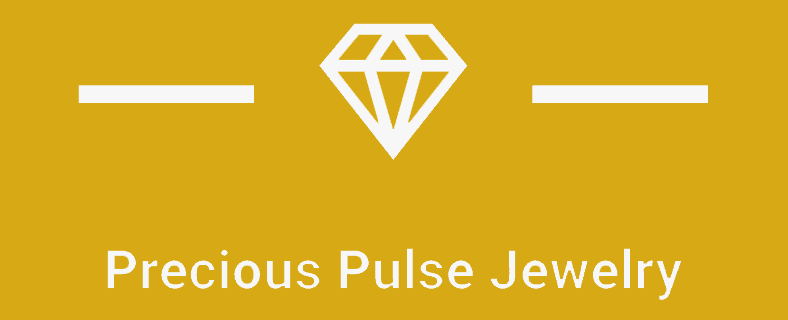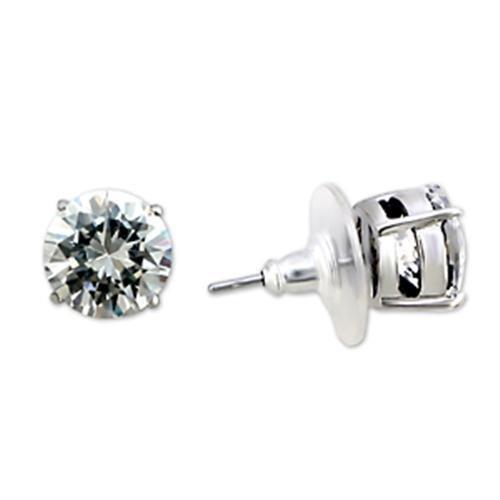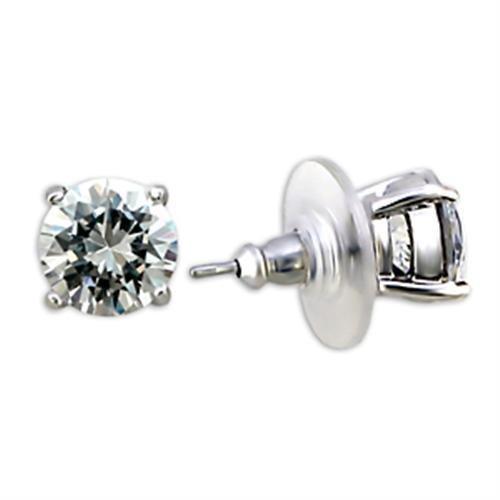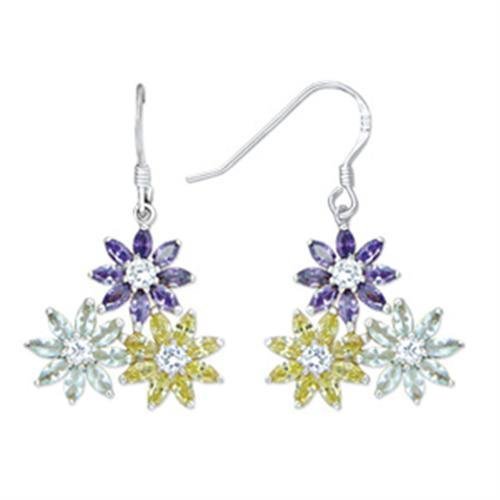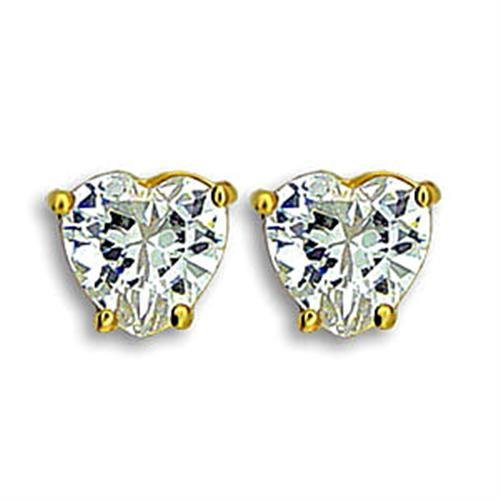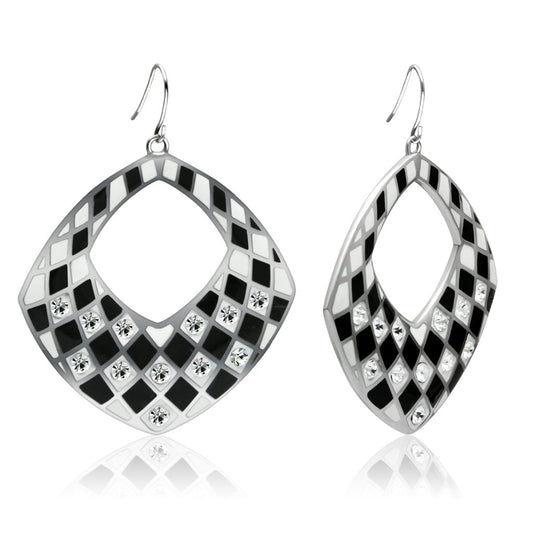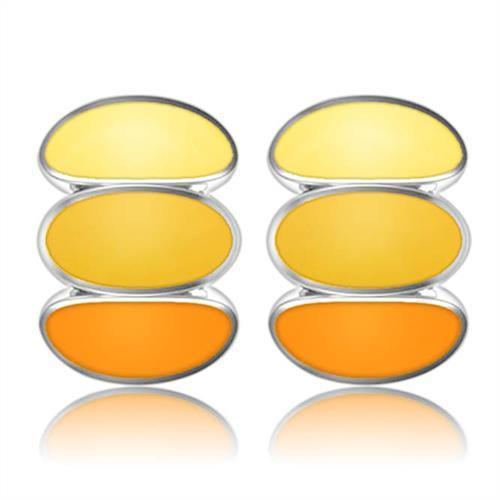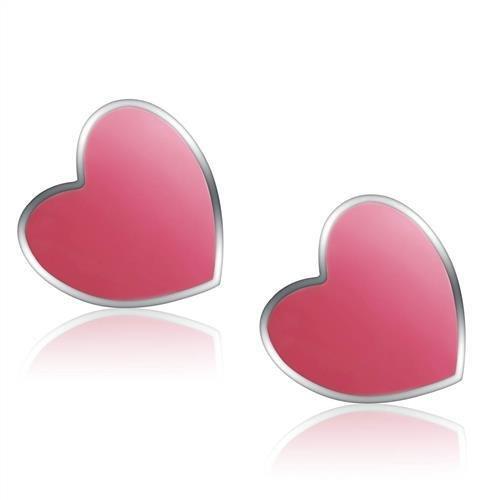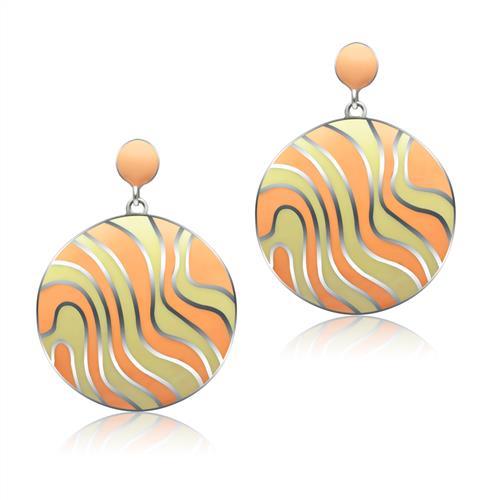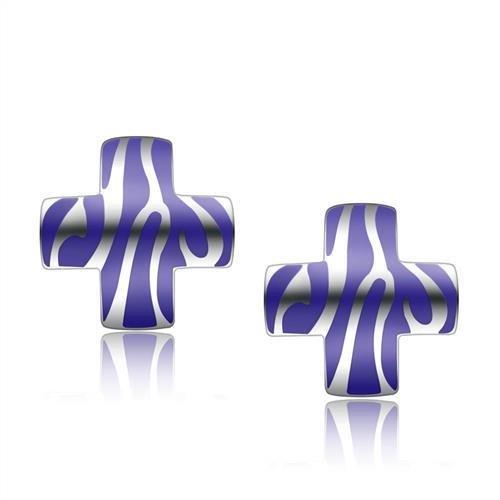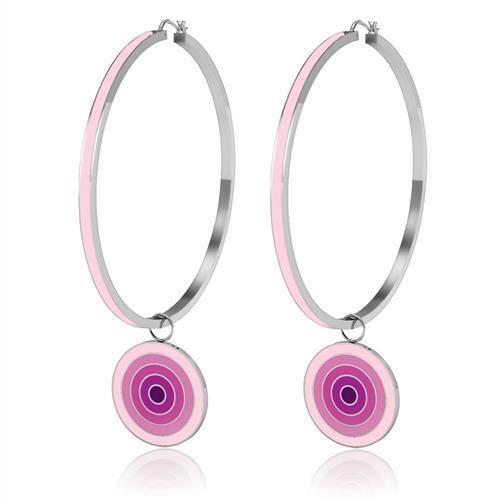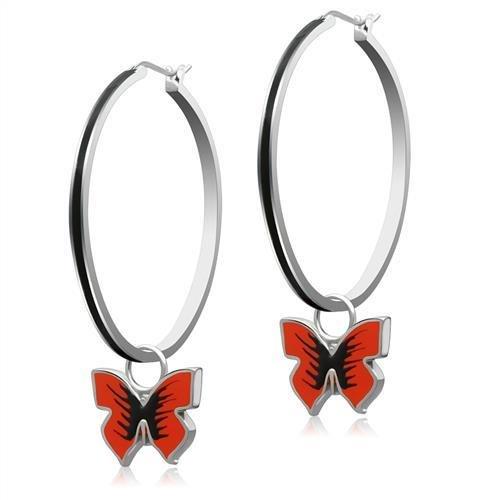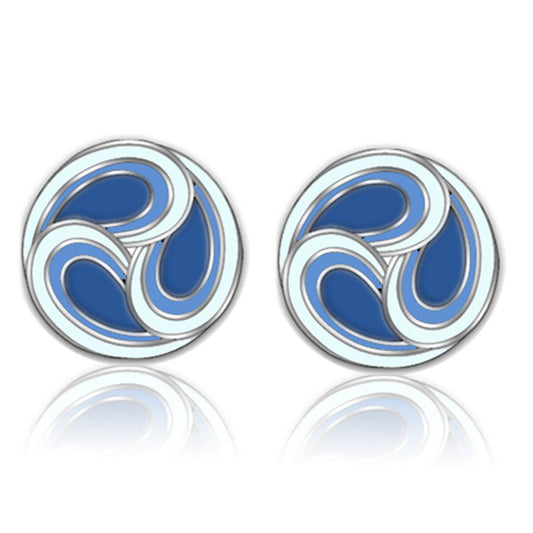Choosing the right earrings for babies requires careful consideration of materials, safety features, and comfort. This article explores the best earring options for babies, including hypoallergenic materials like gold and sterling silver, the benefits of stud earrings with screw backs, and essential pre- and post-piercing care to prevent infections and ensure a smooth healing process.
Table of Contents
- Hypoallergenic Materials for Baby Earrings
- Safety and Comfort: The Essentials
- Infection Prevention and Regular Inspection
- Material Considerations and Backing Types
- Style Preferences and Jewelry Maintenance
- Choosing the Right Earrings: Material Types and Design Considerations
- Professional Piercing and Pediatrician Recommendations
- Cleaning and Infection Prevention
- Size and Weight Considerations
- Backing Types: Safety and Practicality
- Style Preferences: Studs, Hoops, and Bezel Settings
- Milestones and Mementos: Making Earrings Special
- Online Purchasing Benefits
-
FAQ
- At what age is it safe to pierce a baby's ears?
- How do I choose the right size earrings for my baby?
- What type of gemstones are safe for baby earrings?
- How can I tell if my baby is allergic to certain metals?
- What are the signs of an infected ear piercing?
- How should I clean my baby’s earrings and piercing site?
- Are there any risks associated with baby earrings?
- Can my baby wear earrings all the time?
- What should I consider when buying earrings as a gift for a baby?
- Where is the best place to buy baby earrings online?
Hypoallergenic Materials for Baby Earrings
When selecting earrings for babies, hypoallergenic materials are crucial to avoid allergic reactions and ensure comfort. The best options include:
- 18k or 14k Gold: Pure gold is less likely to cause skin irritation and is a durable choice for baby earrings.
- Rhodium-Plated Sterling Silver: This provides a shiny, hypoallergenic coating that protects sensitive skin.
- Surgical Stainless Steel and Titanium: These metals are known for their hypoallergenic properties and durability.
Choosing earrings made from these materials helps prevent contact dermatitis and other allergic reactions, keeping your baby's ears healthy and irritation-free.
Safety and Comfort: The Essentials
Stud Earrings with Screw Backs
Stud earrings are often recommended for babies due to their simplicity and safety features. Screw back earrings are particularly beneficial because they:
- Stay Secure: The screw back mechanism ensures that the earrings stay in place, reducing the risk of the earring falling out or being pulled off.
- Prevent Sharp Edges: Covered screw backs protect the back of the ear from sharp edges, enhancing comfort.
Pre-Piercing Cleansing and Post-Piercing Care
Ensuring your baby's ears are clean before piercing and following proper care afterward is crucial. Here are some steps to follow:
- Pre-Piercing Cleansing: Clean the earlobes with an alcohol swab to remove any bacteria or oils.
- Post-Piercing Care: Clean the pierced area twice daily with a saline solution or antiseptic to prevent infection.
Regular inspection of the piercing site is important to catch any signs of infection early. Follow the advice of professionals and maintain good hygiene to ensure a smooth healing process.
Infection Prevention and Regular Inspection
Preventing infections involves diligent care and attention. Here are key practices:
- Regular Cleaning: Clean the earrings and piercing site regularly to prevent bacteria buildup.
- Professional Piercing: Have your baby's ears pierced by a professional to ensure proper technique and hygiene standards.
- Supervision: Monitor your baby’s earrings to ensure they remain secure and clean.
Healing Process and Pediatrician Recommendations
The healing process can take several weeks. Follow these tips to ensure a healthy recovery:
- Avoid Touching: Refrain from touching the piercing unnecessarily.
- Check for Allergies: Consult with a pediatrician to check for any potential allergies before piercing.
Listening to your pediatrician’s recommendations can provide additional peace of mind and help tailor the care process to your baby's specific needs.
Material Considerations and Backing Types
Different materials and backing types play a significant role in the comfort and safety of baby earrings.
Nickel-Free Options
Nickel is a common allergen, so choosing nickel-free materials is essential. Opt for earrings made from:
- Gold (14k or 18k)
- Sterling Silver
- Titanium
- Surgical Stainless Steel
These materials are less likely to cause allergic reactions and are suitable for sensitive baby skin.
Size and Weight Considerations
Earrings for babies should be lightweight and appropriately sized to prevent discomfort. Ideal sizes include:
- 3mm-4mm Earrings: Small and lightweight, perfect for baby ears.
- Shorter Posts: 8mm-9mm posts are ideal for avoiding unnecessary weight and pressure on the earlobes.
Backing Types: Screw Backs vs. Butterfly Backs
Screw backs are generally safer for babies, but butterfly backs can also be used if they are designed with safety features like rounded edges and secure fit.
Style Preferences and Jewelry Maintenance
Choosing the right style and maintaining the earrings properly ensures both aesthetics and longevity. Consider these tips:
- Design Preferences: Studs are the safest option, but some parents prefer small hoops for a different look. Ensure that any design you choose is safe and comfortable for your baby.
- Jewelry Maintenance: Regularly clean and inspect the earrings to maintain their appearance and prevent any potential issues.
In conclusion, selecting the right earrings for babies involves careful consideration of materials, safety features, and proper care practices. By choosing hypoallergenic materials and following recommended care routines, you can ensure your baby's ear piercing experience is safe and comfortable.
Key Takeaway: Prioritize hypoallergenic materials, safety features like screw backs, and diligent pre- and post-piercing care to ensure the best earring experience for your baby.
Explore our earrings collection for the perfect options for your baby.
Choosing the Right Earrings: Material Types and Design Considerations
Hypoallergenic Metals for Sensitive Skin
Babies have delicate skin, and choosing the right material for their earrings is essential to prevent skin irritation and allergic reactions. Consider the following hypoallergenic metals:
- 14k or 18k Gold: Both are excellent choices due to their purity and hypoallergenic properties.
- Sterling Silver: Rhodium-plated sterling silver is especially beneficial as the rhodium coating adds an extra layer of protection.
- Surgical Stainless Steel: Known for its durability and hypoallergenic nature.
- Titanium: Extremely strong and lightweight, making it an ideal choice for baby earrings.
These materials are less likely to cause allergic reactions, ensuring that your baby's ears remain healthy and irritation-free.
Kid-Friendly Features and Safety Measures
When selecting earrings for babies, safety and comfort should be top priorities. Look for these kid-friendly features:
- Smooth Edges: Earrings should have smooth edges to prevent any scratching or irritation.
- Lightweight: Choose earrings that are lightweight to avoid putting extra pressure on the earlobes.
- Secure Backings: Screw backs or covered screw backs are preferable as they stay secure and reduce the risk of the earrings falling out.
These features ensure that the earrings are comfortable for everyday wear and minimize the risk of injury or discomfort.
Design Preferences: Studs vs. Hoops
While studs are generally the safest option for babies, some parents might prefer the look of small hoops. Here are the pros and cons of each:
Studs
-
Pros:
- Less likely to get caught on clothing or objects.
- Usually come with secure backing options like screw backs.
-
Cons:
- Limited in style variety compared to hoops.
Hoops
-
Pros:
- Available in various styles and designs.
- Can be a cute and stylish option for babies.
-
Cons:
- Higher risk of getting caught on clothing or objects.
- Generally less secure than studs.
When choosing between studs and hoops, consider the activity level and safety needs of your baby.
Gemstones and Design Elements
Adding gemstones to baby earrings can make them more special and personalized. Common choices include:
- Diamonds: A classic and timeless option.
- Birthstones: Personalized based on the baby’s birth month.
- Cubic Zirconia: A cost-effective alternative to diamonds.
- Pearls: Elegant and gentle on sensitive skin.
When selecting gemstones, ensure they are securely set and do not pose any choking hazards.
Professional Piercing and Pediatrician Recommendations
Benefits of Professional Piercing
Having your baby's ears pierced by a professional is crucial for safety and hygiene. Professionals use sterile equipment and follow best practices to minimize the risk of infection and complications. Some benefits include:
- Sterile Environment: Reduces the risk of infections.
- Proper Technique: Ensures the piercing is done correctly and in the optimal location.
- Post-Piercing Care Instructions: Professionals provide detailed care instructions to ensure a smooth healing process.
Consulting with a Pediatrician
Before getting your baby's ears pierced, consult with a pediatrician. They can provide valuable insights and recommendations, such as:
- Allergy Checks: Identifying any potential allergies to metals or materials.
- Immunization Schedule: Ensuring your baby is up-to-date on vaccinations to reduce the risk of infections.
- Skin Sensitivity Assessment: Evaluating if your baby's skin is suitable for ear piercing at their current age.
Pediatricians can help you make an informed decision and provide tips on managing any potential reactions or complications.
Cleaning and Infection Prevention
Proper Cleaning Techniques
Maintaining cleanliness is vital to prevent infections and ensure the piercing heals properly. Follow these cleaning tips:
- Twice Daily Cleaning: Use a saline solution or antiseptic to clean the piercing site twice a day.
- Gentle Movements: Rotate the earrings gently during cleaning to prevent them from sticking.
- Avoid Touching: Refrain from touching the piercing with dirty hands to avoid introducing bacteria.
Signs of Infection
Monitor the piercing site for any signs of infection, which can include:
- Redness and Swelling: Mild redness and swelling are normal, but if they worsen, it may indicate an infection.
- Discharge: Yellow or green discharge is a sign of infection and requires medical attention.
- Pain and Warmth: Persistent pain and warmth around the piercing site should be checked by a healthcare professional.
Early detection and proper care can prevent infections and ensure a healthy healing process.
Size and Weight Considerations
Ideal Earring Sizes for Babies
When choosing earrings for babies, the size and weight of the earrings are critical factors. Earrings that are too large or heavy can cause discomfort and pose a risk of injury. The recommended sizes for baby earrings are:
- 3mm-4mm Earrings: These small-sized earrings are perfect for baby ears as they are lightweight and less likely to cause any discomfort.
- Shorter Posts (8mm-9mm): Shorter posts are preferable as they reduce the risk of the earrings poking the back of the baby’s ears or getting snagged.
Light and Comfortable Designs
Lightweight earrings minimize the pressure on a baby’s delicate earlobes. Opting for lighter designs ensures that the earrings are comfortable for daily wear and do not cause any unnecessary strain on the ears.
Backing Types: Safety and Practicality
Screw Backs vs. Butterfly Backs
Different backing types offer varying levels of security and comfort. Understanding the differences can help you make the best choice for your baby:
Screw Backs
-
Pros:
- Highly secure, reducing the risk of the earrings falling out.
- Often have a covered design that prevents the sharp post from irritating the back of the ear.
-
Cons:
- Can be more challenging to put on and remove, requiring careful handling.
Butterfly Backs
-
Pros:
- Easier to put on and take off, making them convenient for parents.
- Generally more affordable.
-
Cons:
- Less secure than screw backs, with a higher risk of falling out.
- May not provide as much protection against the sharp post.
Choosing between screw backs and butterfly backs depends on your priority between security and convenience.
Style Preferences: Studs, Hoops, and Bezel Settings
Design Considerations for Baby Earrings
When it comes to style, there are several design elements to consider:
Studs
- Simple and Safe: Studs are a classic choice, offering simplicity and safety. They are less likely to get caught on clothing or objects.
- Versatile Designs: Available in a variety of designs, including those featuring gemstones like diamonds, birthstones, and cubic zirconia.
Hoops
- Stylish Options: Small hoops can be a stylish choice, but it is crucial to ensure they are securely fastened and do not pose a choking hazard.
- Risk Factors: Hoops can sometimes catch on clothing or other items, so they require careful consideration.
Bezel Settings
- Enhanced Safety: Bezel settings encase the gemstone, reducing the risk of it becoming loose and posing a choking hazard.
- Smooth Edges: The smooth edges of bezel settings make them a safer option for babies.
Milestones and Mementos: Making Earrings Special
Celebrating Special Occasions
Earrings can be a wonderful way to celebrate special milestones in a baby's life. Here are a few occasions where gifting earrings can be meaningful:
- Birthdays: Marking a baby’s first birthday with a pair of beautiful earrings can create a lasting memento.
- Baptisms and Christenings: These significant religious ceremonies can be commemorated with special earrings.
- Holidays: Earrings can be a cherished gift for holidays, adding a touch of sparkle to celebrations.
Personalized Jewelry
Personalizing jewelry with birthstones, initials, or special engravings can add sentimental value, making the earrings a cherished keepsake for years to come.
Online Purchasing Benefits
Convenience and Variety
Purchasing baby earrings online offers numerous benefits, including:
- Wide Selection: Online stores often have a broader range of styles and designs compared to physical stores.
- Convenience: Shopping from the comfort of your home is convenient, especially for busy parents.
- Detailed Descriptions: Online listings usually provide detailed descriptions of the materials, sizes, and safety features, helping you make an informed decision.
Trusted Sources
Ensure you purchase from reputable online stores like Precious Pulse Jewelry, which offer high-quality, hypoallergenic baby earrings. Trusted sources guarantee authenticity and quality, providing peace of mind for parents.
Key Takeaway: Consider the size, weight, backing type, and style of baby earrings to ensure comfort, safety, and sentimental value. Online purchasing offers convenience and a wide variety of options, making it easier to find the perfect pair of earrings for your baby.
Explore our bracelets collection for more beautiful and safe jewelry options for your little ones.
FAQ
At what age is it safe to pierce a baby's ears?
The recommended age for ear piercing varies. Some pediatricians suggest waiting until after the baby’s first set of vaccinations, usually around 2-6 months old. It’s important to consult with your pediatrician to determine the best age for your child.
How do I choose the right size earrings for my baby?
Choose earrings that are small and lightweight. Typically, earrings that are 3mm-4mm in diameter with shorter posts (8mm-9mm) are ideal for babies. These sizes help ensure comfort and reduce the risk of snagging.
What type of gemstones are safe for baby earrings?
Gemstones like diamonds, birthstones, cubic zirconia, and pearls are safe options for baby earrings. Ensure the gemstones are securely set in bezel settings to prevent them from becoming loose and posing a choking hazard.
How can I tell if my baby is allergic to certain metals?
Allergies to metals can manifest as redness, swelling, itching, or rashes around the pierced area. If you notice any of these symptoms, it’s important to consult with a pediatrician. Opting for hypoallergenic materials like 14k or 18k gold, sterling silver, surgical stainless steel, or titanium can help prevent allergic reactions.
What are the signs of an infected ear piercing?
Signs of an infected ear piercing include excessive redness, swelling, pain, warmth, or discharge (yellow or green). If you notice any of these signs, seek medical attention promptly to prevent further complications.
How should I clean my baby’s earrings and piercing site?
Clean the piercing site twice daily with a saline solution or antiseptic. Gently rotate the earrings during cleaning to prevent them from sticking. Avoid touching the piercing with dirty hands to minimize the risk of introducing bacteria.
Are there any risks associated with baby earrings?
While ear piercing is generally safe, risks include infections, allergic reactions, and the earrings becoming a choking hazard. Choosing hypoallergenic materials, ensuring proper care, and selecting secure backings can mitigate these risks.
Can my baby wear earrings all the time?
Yes, but it’s essential to regularly inspect and clean the earrings and piercing site to prevent infections. Ensure the earrings are lightweight and have secure backings to prevent them from falling out or causing discomfort.
What should I consider when buying earrings as a gift for a baby?
When buying earrings as a gift, consider the material, size, weight, and backing type. Hypoallergenic materials like gold or sterling silver are ideal. Personalized elements like birthstones or engravings can add sentimental value to the gift.
Where is the best place to buy baby earrings online?
Reputable online stores, such as Precious Pulse Jewelry, offer high-quality, hypoallergenic baby earrings. Ensure the store provides detailed descriptions of the materials, sizes, and safety features to help you make an informed purchase.
For more options, explore our necklaces and bracelets collections to complement your baby’s earrings.
